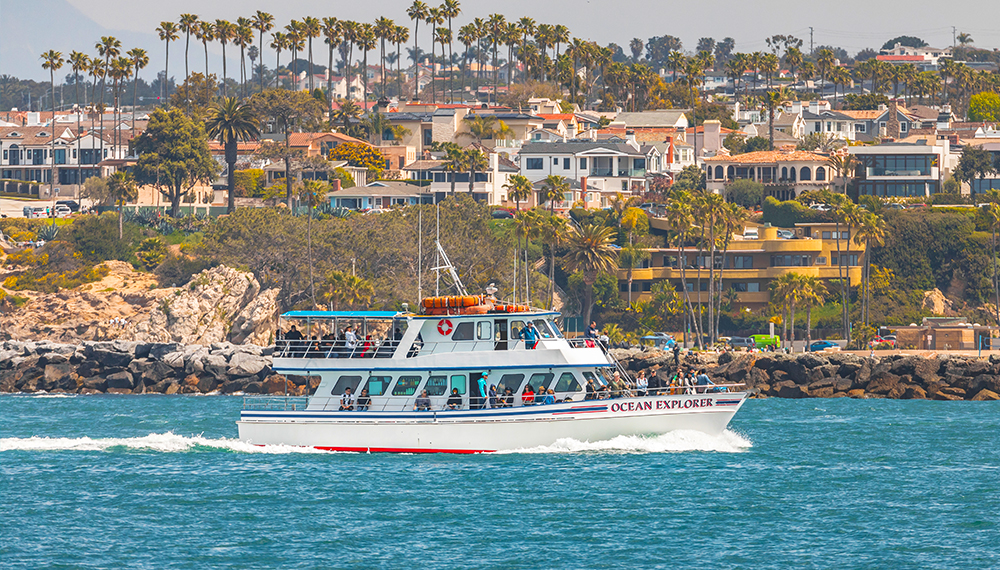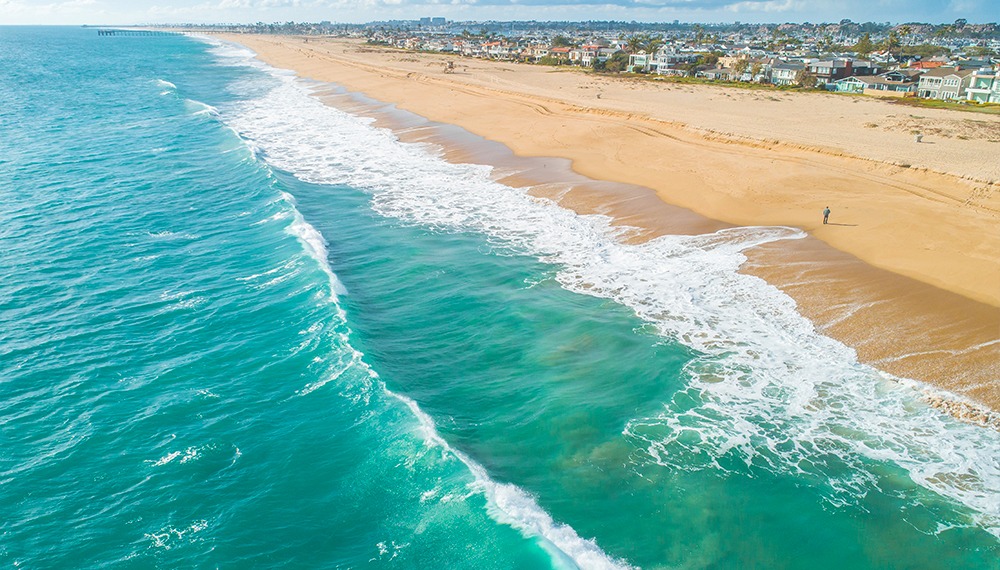

Being buried at sea is a choice that many people in the modern age make for themselves or their loved ones. The practice of sea burials has a rich and storied history that spans cultures, continents, and centuries.
From ancient rituals to modern traditions, committing a body to the ocean has long been a way to honor the deceased. Choosing a sea burial service is a reflection of a deep connection to the sea. It has also been a necessity of maritime life, or a spiritual belief in the infinite nature of the waters.
In this blog post, we'll take a look at the storied history of sea burial ceremonies from their ancient origins up to the modern day.

Let's start our investigation by going to the earliest known sea ceremonies.
The burial at sea history dates back thousands of years. While the first instances of this practice are hard to put an exact date on, it seems to have started among seafaring cultures.
Ancient mariners often relied on the ocean for survival and viewed it as both a provider of life and a gateway to the afterlife.
Here are two examples of ancient traditions that today we know practiced using the sea as a burial site:
Viking Tradition: Norse seafarers held elaborate ceremonies in which warriors or prominent figures were committed to the sea aboard burning ships. These rituals symbolized the journey to Valhalla, their eternal resting place.
Greek and Roman Practices: While land burials were more common among the ancient Greeks and Romans, some seafarers were buried at sea. Often, this was simply due to the practicalities of naval warfare or long voyages. However, the Greeks did hold spiritual beliefs about the sea. In Greek mythology, the sea was seen as a passage to the underworld.
As alluded to, the practice of being buried at sea is closely tied to the human advancement of sea travel. Let's take a look at how sea travel has influenced this specific type of memorial service.
Sea burials became more commonplace as naval expeditions and maritime trade expanded. For sailors and explorers who spent months or years at sea, burial on land was often impractical or impossible. Thus, being committed to the sea as a final resting place was a practical decision.
Here are two specific examples of this in history:
Age of Exploration: During the 15th to 18th centuries, long oceanic voyages often encountered death due to disease or malnutrition. Bodies were committed to the sea to prevent the spread of illness aboard ships.
Naval Traditions: In the British Royal Navy and other maritime forces, sea burials were performed with a solemn ceremony. These military ceremonies often included prayers, the playing of a bugle, and the casting of the body wrapped in a weighted shroud.
Now that we've covered some of the origins of sea burials, let's explore some of the still present beliefs and practices that keep this tradition relevant in the modern era.

Even today, sea burials hold cultural and spiritual significance in various traditions. Here are three examples of this that are still a motivating factor for modern humans to be buried at sea:
Hindu Practices: While cremation is the primary custom in Hinduism, ashes are often scattered in sacred rivers or the ocean. This symbolizes the soul’s return to the universe.
Pacific Islander Beliefs: Many Indigenous cultures in Oceania view the sea as a spiritual realm. Sea burials were (and still are) a way to honor and reunite with ancestors.
Christian and Islamic Views: While both Christianity and Islam generally emphasize land burials, sea burials are permissible in specific circumstances.
Today, sea burials remain a meaningful and symbolic option, often chosen for their connection to nature, simplicity, or environmental sustainability.
People who choose to have a sea burial as their final wish generally have a love and admiration for nature, or hold spiritual beliefs that encourage their decisions.
Here are three examples of why modern people choose a burial at sea over the more conventional funeral service:
Environmental Awareness: Modern sea burials often use biodegradable materials to ensure harmony with marine ecosystems. Additionally, choosing to have cremated remains scattered at sea means that the person will not have a grave that takes up land.
Military and Maritime Communities: Sea burials are still a tradition for members of naval forces and seafaring communities, honoring their deep ties to the ocean.
Spirituality: Many people who choose to have their ashes scattered at sea hold strong spiritual beliefs, even if they are not committed to a specific religion. Often these beliefs include a recognition of the connectedness of all things in nature.
For those who are curious, here are 10 examples of famous people who chose to be buried at sea.

The history of sea burials reflects humanity’s enduring relationship with the ocean. Whether born of necessity, spirituality, or reverence for nature, this practice continues to offer a poignant way to honor loved ones, connecting their memory to the vast, eternal embrace of the sea.
Today, sea burials are carefully regulated to ensure environmental protection. In the U.S., the Environmental Protection Agency (EPA) oversees ocean burials, requiring permits for full-body burials and adherence to specific guidelines. Similar regulations exist in other countries, reflecting a global commitment to preserving marine ecosystems.
If you or someone you know is considering a sea burial, consider contacting our team at Burials at Sea by Newport Landing to learn more.